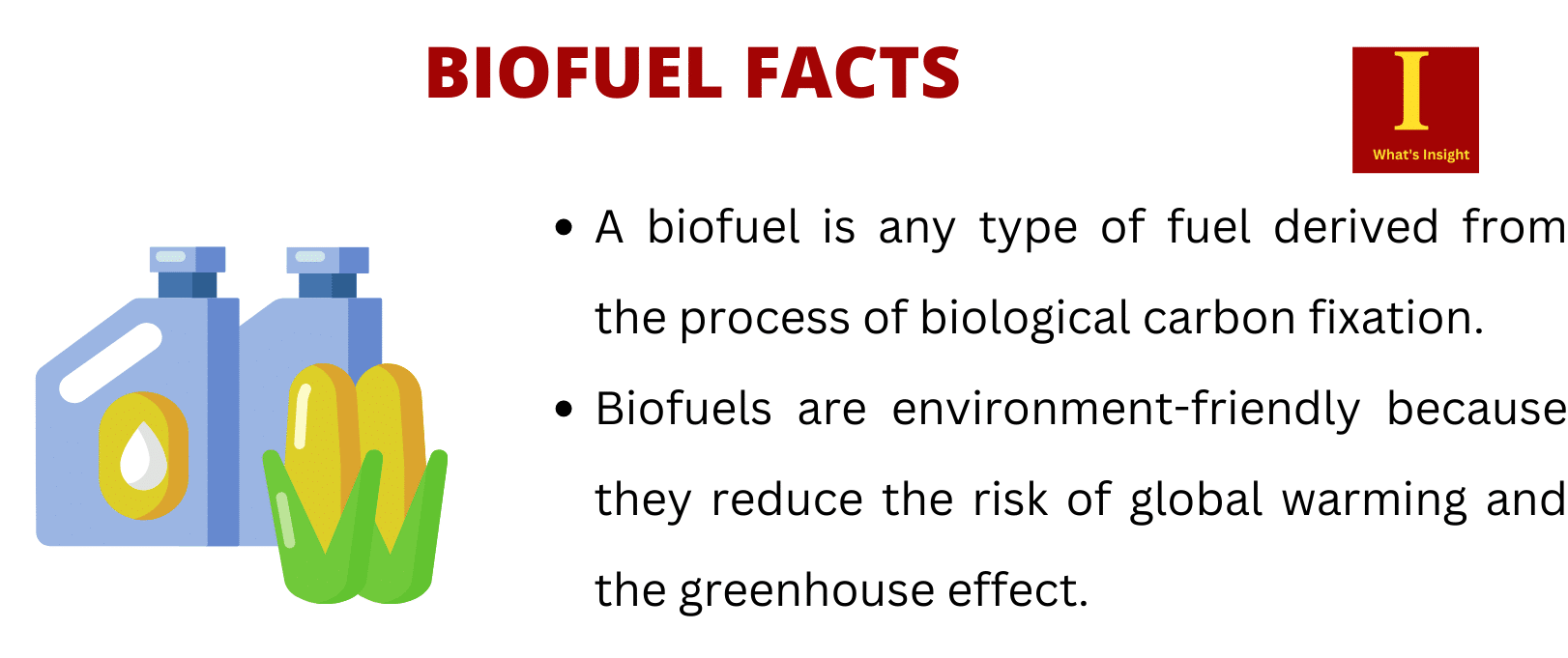Aerobic respiration, which uses oxygen, and anaerobic respiration, which does not use oxygen, are two types of cellular respiration. Although some cells use only one type of respiration, most cells use both types depending on the needs of the organism. Cellular respiration occurs outside of macroorganisms as chemical processes, such as fermentation. In general, respiration is used to expel waste and generate energy.
Aerobic Respiration vs. Anaerobic Respiration
| Aerobic Respiration | Anaerobic Respiration | ||
| 1 | Definition | Cellular respiration that proceeds in the absence of oxygen is anaerobic respiration. | Cellular respiration that proceeds in the presence of oxygen is aerobic respiration. |
| 2 | Oxygen | Needed | Not needed |
| 3 | End product(s) | Carbon dioxide and water | Animal cells: lactic acid. Plant cells and yeast: carbon dioxide and ethanol |
| 4 | Energy released | Relatively large amount | Relatively small amount |
| 5 | Production of Ethanol or Lactic Acid | Does not produce ethanol or lactic acid | Produce ethanol or lactic acid |
| 6 | Examples | – Glucose breaks down into carbon dioxide and water. – It can be found in the cytoplasm and the mitochondria. | – Glucose breaks down into ethyl alcohol, carbon dioxide and energy. – It can be found only in the cytoplasm. |
More Links
Latest posts by Umair Javaid, PhD Student (see all)
- BCl3 Lewis Structure in four simple steps - November 1, 2023
- PH3 Lewis Structure in four simple steps - October 8, 2023
- PF3 Lewis structure in four simple steps - September 24, 2023



